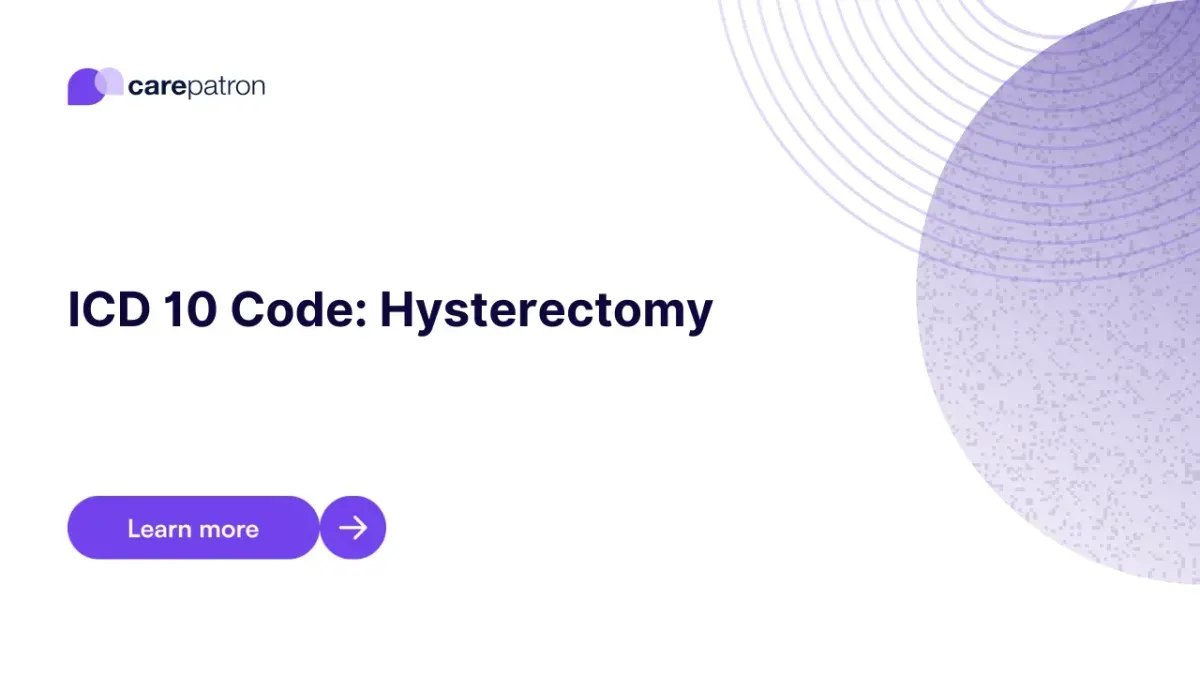
Hysterectomy ICD-10-CM Codes
Read this short guide to learn about Hysterectomy ICD codes you can use!
Use Code
Commonly asked questions
Surgery for any problem should be the last resort or the only option. If there are alternative ways of handling a patient’s uterus-related problems, it would be best to try other possible solutions before surgery.
Surgery, alongside chemotherapy and radiation therapy, will likely be one of the go-to options for uterine cancer.
Normally, it takes one to three hours to accomplish a Hysterectomy fully. The length of time depends on the uterus size and if the surgeon has to deal with scar tissue or remove surrounding parts like the cervix and tissues.
Yes. As with all surgical procedures, there are risks to it. Some examples of Hysterectomy-related risks are thrombosis, bleeding and infections, urinary tract injuries, tearing of internal stitching, and bowel blockage.
EHR and practice management software
Get started for free
*No credit card required
Free
$0/usd
Unlimited clients
Telehealth
1GB of storage
Client portal text
Automated billing and online payments
